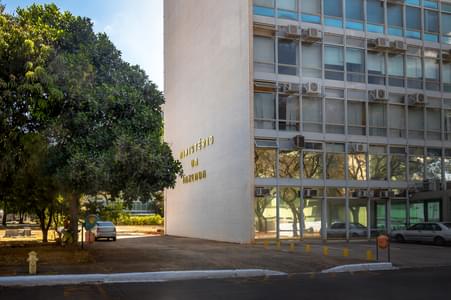This is a long-term agenda, but it has an impact on monetary policy, a short-term instrument. Without the reform, the exchange rate will weaken, putting pressure on inflation.
Besides this, structural changes affect the neutral or structural interest rate, which is the rate that keeps inflation stable.
The neutral rate is probably falling, due to the reforms already approved, such as the cap on public expenditures. However, the delay of the (inevitable) pension reform can limit this movement, reducing the Central Bank’s scope for action. Without timely approval of the reform, the space to cut the basic interest rate will narrow.
There’s no way to know the magnitude of this window to cut rates. The structural interest rate is not a variable that can be ascertained or calculated. It can only be estimated with econometric techniques, a challenging task in a country with an unstable economy and frequent structural breaks and statistical anomalies.
If huge doubts exist about where we are, imagine the uncertainties about where we’re going. How can there be any reasonable security about the neutral interest rate next year without approval of the social security reform?
The Central Bank has to “test” this level. And here, the structural rate (long-term) and cyclical rate (short-term) has become confused in practice. In moments like these, when the credit market is not fully operational, the economy is characterized by large slack capacity and fiscal policy is responsible; it may well be that the interest rate necessary to keep inflation stable in the short run is a good deal below the long-term neutral rate.
There can still be important room to reduce the interest rate, despite the – possibly significant – delay in approving the social security reform, provided the exchange rate remains well-behaved, reflecting the expectation of economic agents that the reform will eventually be forthcoming.
The Central Bank has adopted a cautious stance. It recognizes the difficulties of the moment, but has not been overly hasty in defining the monetary policy strategy. With the recent cut of 100bp in the SELIC rate, taking it to 10.25%, it would not be fair to accuse the Bank of conservatism.
The Bank has signaled that, depending on short-term developments, it might cut the rate by 0.75% at the next COPOM meeting. The caution is understandable. The long-term visibility has diminished and the SELIC rate has already been slashed by 4%.
In light of these uncertainties, it makes sense for the COPOM to evaluate the preferred error risk to incur. Which is better, sinning by cutting the SELIC rate too much, or too little? In the first case, there is a risk of the market believing the reform will be seriously delayed, with weakening of the exchange rate, forcing the Bank to change its strategy rapidly. In the second case, economic activity would remain weak for longer, prompting the Bank to resume the easing cycle.
The first error is probably easier to correct, because of the longer monetary policy lag on activity (usually two quarters) than on the exchange rate (practically immediate). If the economy were becoming overheated, the story would be different.
Internal demand (consumption and investment) continued to contract in the first quarter of this year, and there is no reliable sign of stabilization in the credit market, an important channel for monetary policy.
Other factors suggest that the first error might be preferable. The credibility of the economic team, the advances on the economic agenda and the low volatility of currencies in the world contribute to contain depreciation of the Real. This is a very different picture than that at the end of the Rousseff administration.
The cautious tone of the Central Bank can be interpreted much more as the need to carefully “test” the most suitable interest rate in this climate of uncertainty than a sign that the room to cut the SELIC rate has narrowed further.









